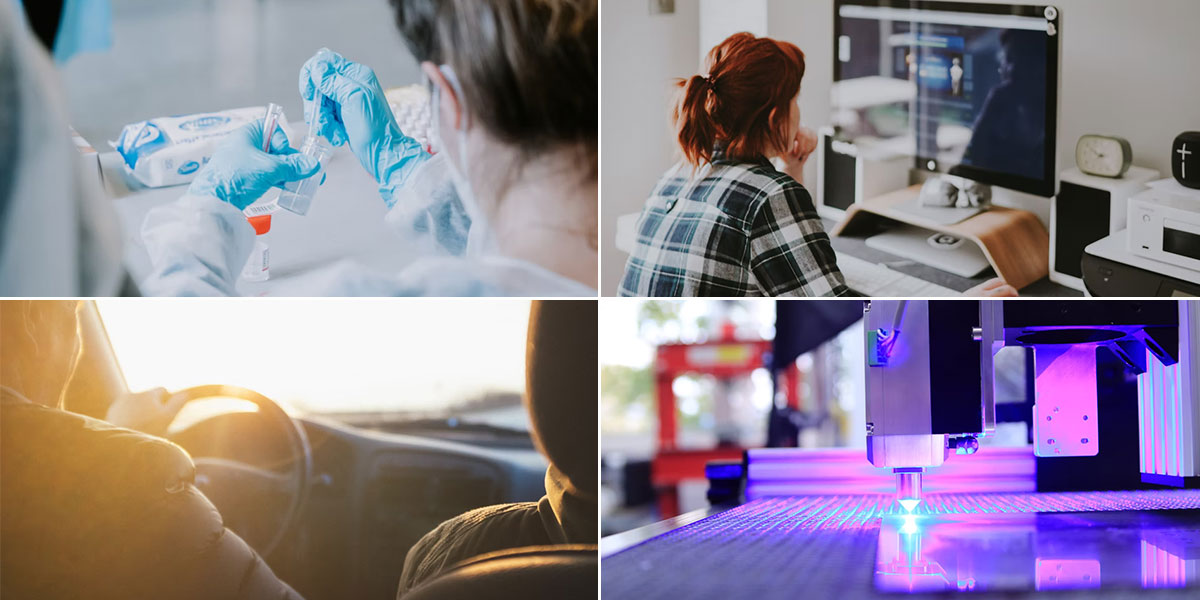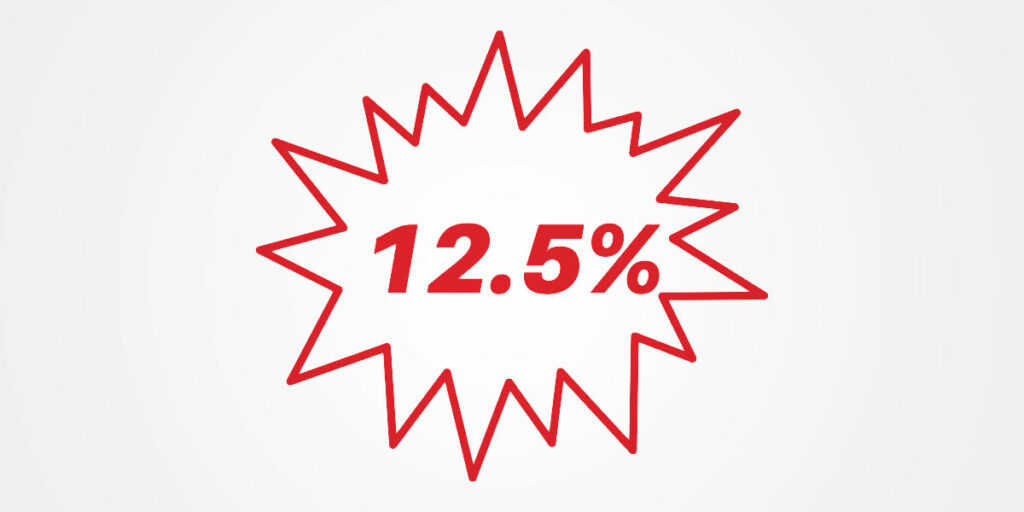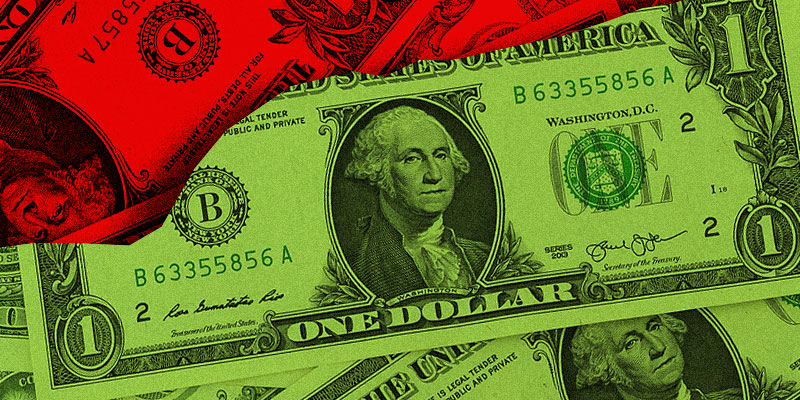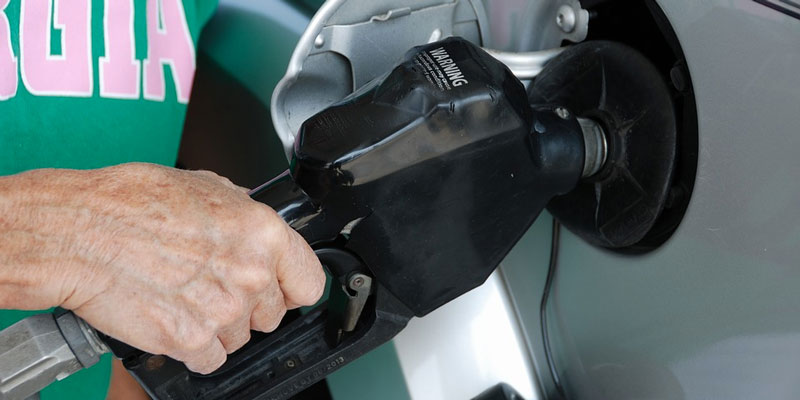2021 proved to be another challenging year due to COVID-19, although life did more resemble normal. Bad events can blind us to the ways life is getting better, and several innovations are improving life.
Let’s start with messenger RNA (mRNA), employed in the Moderna and Pfizer COVID vaccines. mRNA is one of the building blocks of life; vaccines and treatments could be used against other viruses, heart disease, and even aging. Researchers believe mRNA can train a patient’s immune system to attack cancer. The billions of dollars spent on the vaccines have dramatically improved mRNA production.
The vaccines have lost some of their luster with increasing numbers of breakthrough infections. And vaccine mandates have politicized mRNA. But, development of the expected dozens of mRNA vaccines and therapies will focus us on the benefits, not the politics.
Remote work is becoming normalized. The technology was long available and the percentage of remote workers slowly growing prior to 2020. The pandemic pushed 35% of employees into remote in May 2020. The percentage has declined significantly but is still triple the pre-COVID level.
Remote work during the pandemic was not without hiccups. IT security with remote work looms as a challenge in this age of ransomware attacks. Companies have, however, learned much from the COVID-19 experiment.
Working from home avoids the daily commute, which exceeds 30 minutes one-way for 40% of workers. These commuters could get an extra hour (or more) of true leisure time every day. No wonder that a quarter of workers surveyed said they would take a pay cut to work from home. Businesses could avoid the significant expense of office space.
Even greater benefits loom. Commuters spend an average of 54 hours per year in traffic jams, mostly at rush hour. Congestion could be reduced enormously if 20% of workers telecommuted, as reduced congestion in 2020 demonstrates. Remote working could provide a work-around for housing construction restrictions in New York, San Francisco and San Jose which reduce U.S. GDP an estimated 3.7% a year.
Self-driving technology continues to progress. Automation now assists with parallel parking and taking curves. Fully automated vehicles will release driving time for other life activities. Distracted drivers will no longer cause accidents. And the more than two million people currently driving trucks for a living could do other jobs.
Automakers must perfect the technology and convince drivers to trust self-driving. Drivers must feel confident reading a book while traveling to fully benefit. Not surprisingly, automakers are introducing features incrementally: reliable performance of today’s systems will make drivers more accepting of and willing to pay for tomorrow’s features.
3D printing is revolutionizing manufacturing. The technology allows custom, precise production and was first used for prototypes. Manufacturing prototypes, which used to take days or months, can now be done in hours.
Both products and molds for products like jewelry are printed today. Dentists print dentures and crowns precisely fitting a patient’s mouth. In medicine, implants, joints, and hearing aids are printed, along with model organs to help train surgeons. Automakers now print some car parts; 3D printing has filled a real niche for classic car parts.
An amazing potential future development is printed human organs. Organ shortages today result in thousands of deaths annually. Rejection of available organs is a significant danger and anti-rejection drugs leave recipients vulnerable to illness. Organs could be printed using a person’s own cells, in principle eliminating rejection risk. Replacement of failing vital organs offers enormous promise in the battle against aging.
Let’s remember the human element of these improvements. One out of 1,900 children is unfortunately born with a “limb deficit.” Children need new prosthetic limbs as they grow, but traditional prosthetics cost thousands of dollars. Printed arms, hands and fingers cost hundreds of dollars. The e-NABLE foundation helps volunteers print thousands of prosthetics for children in poor countries.
The past two years have been tough on everyone. Yet life is getting better and 2022 looks even brighter!
Daniel Sutter is the Charles G. Koch Professor of Economics with the Manuel H. Johnson Center for Political Economy at Troy University and host of Econversations on TrojanVision. The opinions expressed in this column are the author’s and do not necessarily reflect the views of Troy University.













